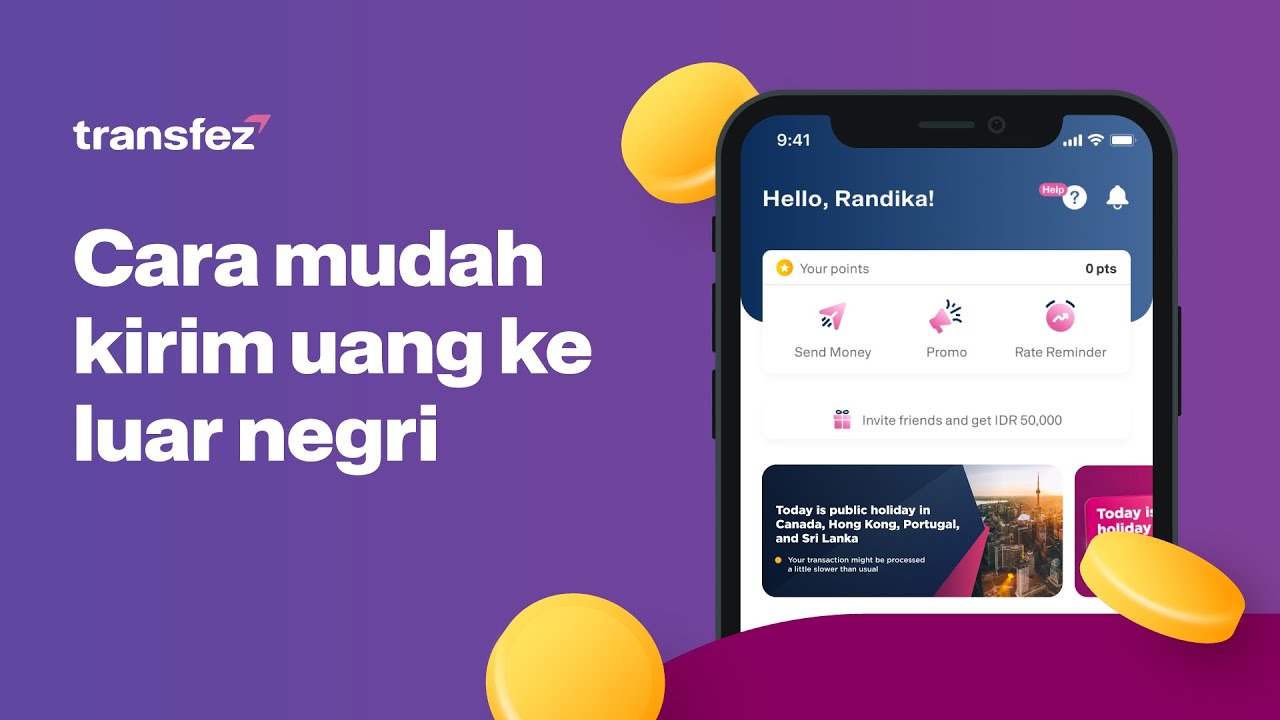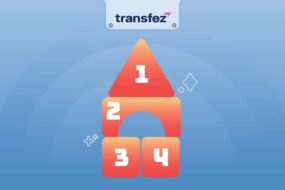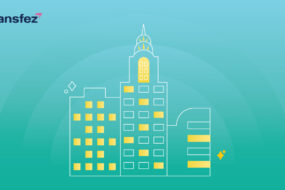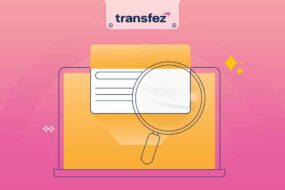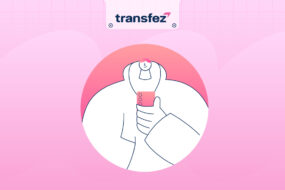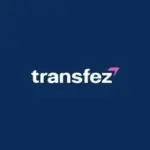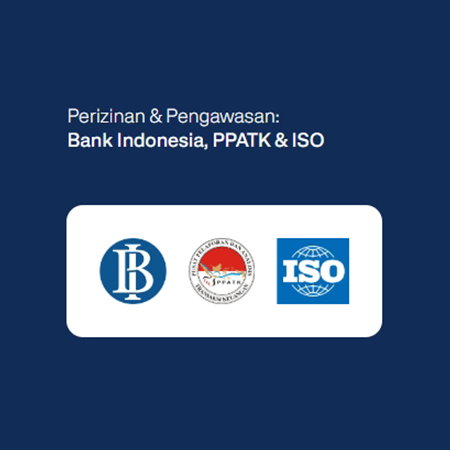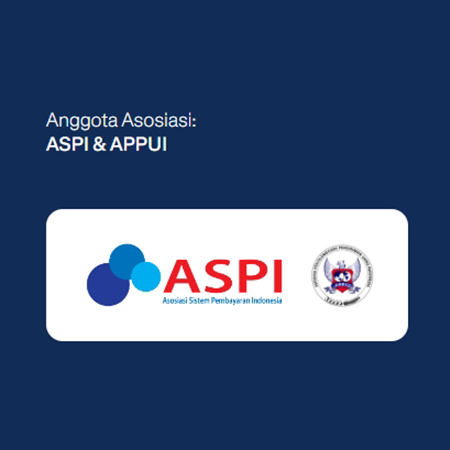Indonesia, as one of the fastest-growing digital economies in Southeast Asia, has become a major stage for the development of financial technology or financial technology (fintech).
In recent years, fintech has transformed how people manage their finances, from digital payments to online loans. We’ll dive into how fintech growth in Indonesia continues to evolve and make a significant impact on the financial ecosystem in Indonesia.
Also read: Remittances Boost Indonesia’s Economy, Transfez Plays a Part Too
What is Fintech?
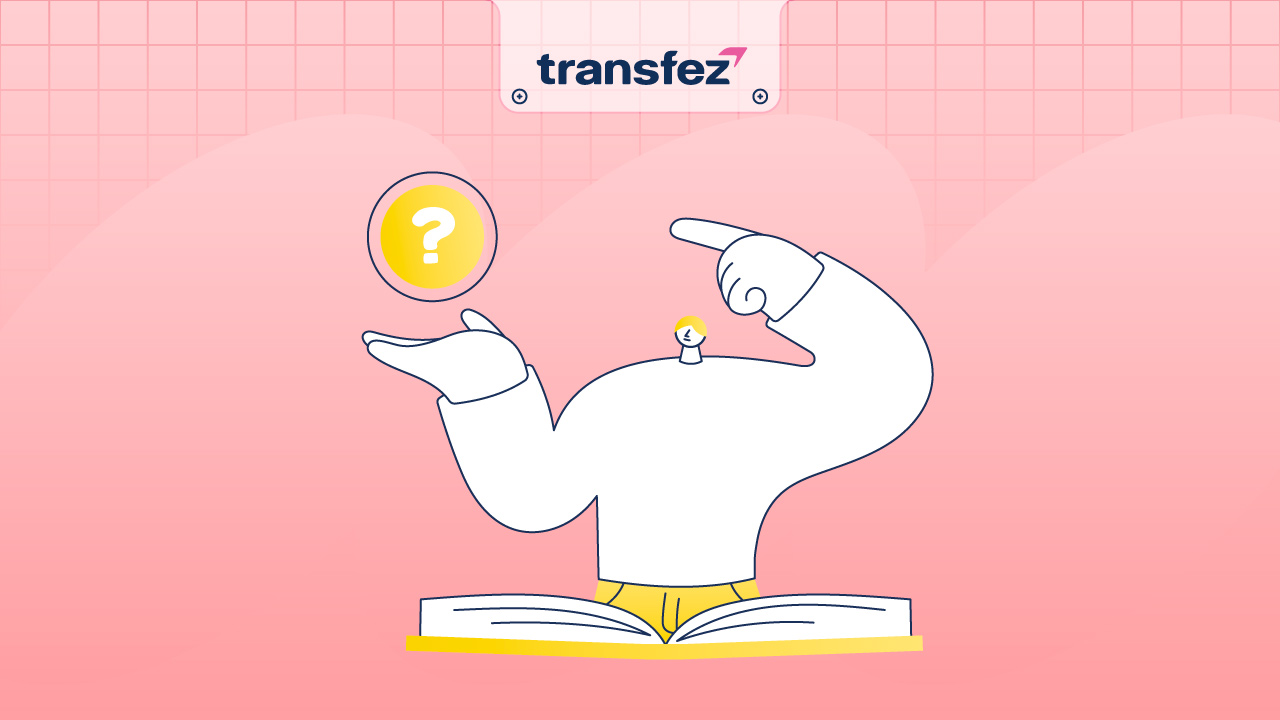
Fintech stands for financial technology, which refers to the use of technology to enhance traditional financial services. In Indonesia, fintech includes services such as digital wallets (e-wallets), electronic money transfers, online investments, and peer-to-peer (P2P) lending.
According to the Financial Services Authority (OJK), fintech aims to provide more efficient, faster, and accessible financial solutions. For example, GoPay, OVO, and Dana are digital wallet platforms that allow users to transact without using cash. These services are not only practical but also help reduce dependency on conventional banking systems.
Transfez, Easy Money Transfers to 70+ Countries Worldwide
Fintech Growth in Indonesia
The growth of fintech in Indonesia has been supported by government initiatives and regulations issued by the OJK. Since 2016, the OJK launched Regulation POJK No. 77/POJK.01/2016 concerning Information Technology-Based Lending Services. This regulation provides a foundation for healthy and orderly fintech industry development.
According to the Indonesian Fintech Association (AFTECH), the number of fintech users in Indonesia surpassed 100 million in 2023. This shows that fintech has become an integral part of everyday life. Moreover, fintech transaction value in Indonesia is projected to reach IDR 4,000 trillion by 2025.
Several factors driving fintech growth in Indonesia include:
- Smartphone Adoption: High smartphone penetration makes it easier for people to access fintech services.
- Millennial and Gen Z Population: Younger generations tend to be more open to new technologies than previous ones.
- Digital Infrastructure: Improved internet infrastructure in remote areas expands access to digital services.
Types of Fintech in Indonesia
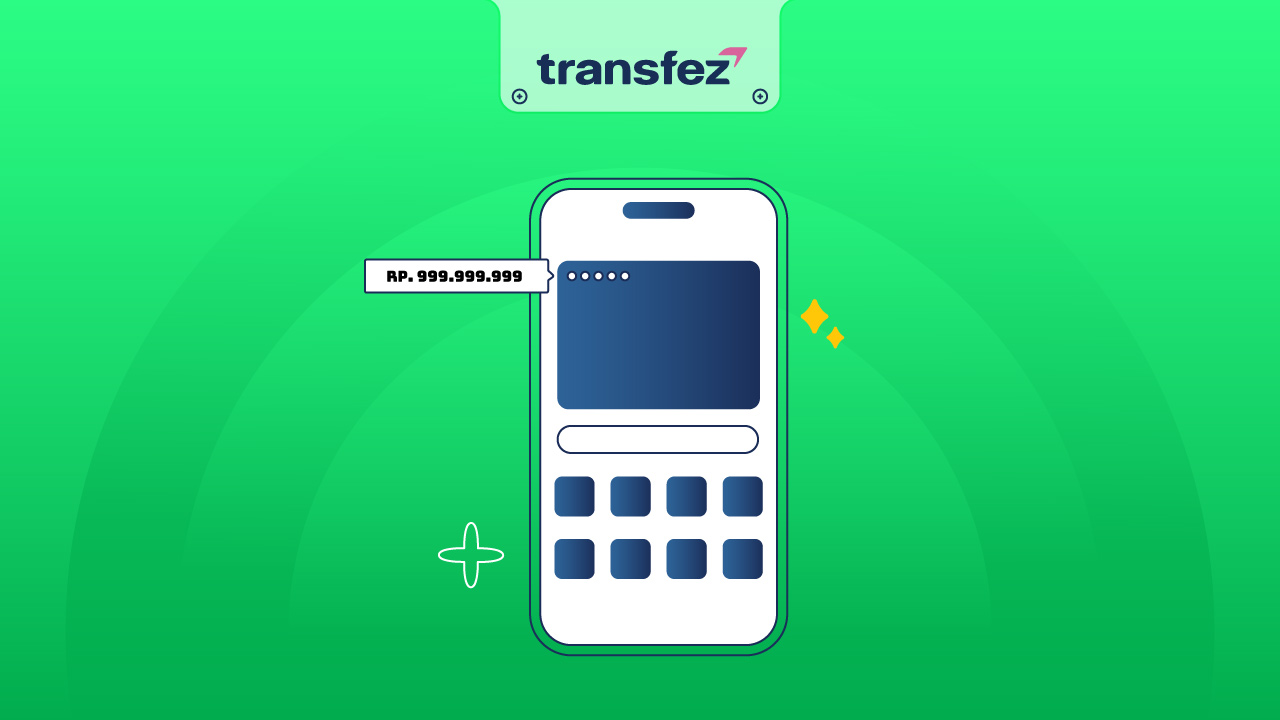
Fintech in Indonesia can be categorized into several main types:
1. Payment Gateway
This service allows users to make online payments. Examples include Midtrans and Xendit, often used by online stores to process customer payments.
2. Digital Wallets
Digital wallets like GoPay, OVO, and Dana have become popular payment tools in Indonesia. They’re used not only for daily transactions but also for paying bills, buying phone credit, and even mutual fund investments.
3. P2P Lending
P2P lending platforms like Investree and Modalku allow individuals or small businesses to get loans without going through a bank. This is particularly helpful for MSMEs that struggle to access traditional financing.
4. Crowdfunding
Crowdfunding is a fundraising model that allows many people to support a specific project or business. Platforms like Kitabisa.com have successfully raised funds for various social causes.
5. Insurtech
Insurtech combines insurance and technology. Indonesia’s insurtech market is growing with platforms like Lifepal and Qoala offering insurance products online.
Positive Impact of Fintech in Indonesia
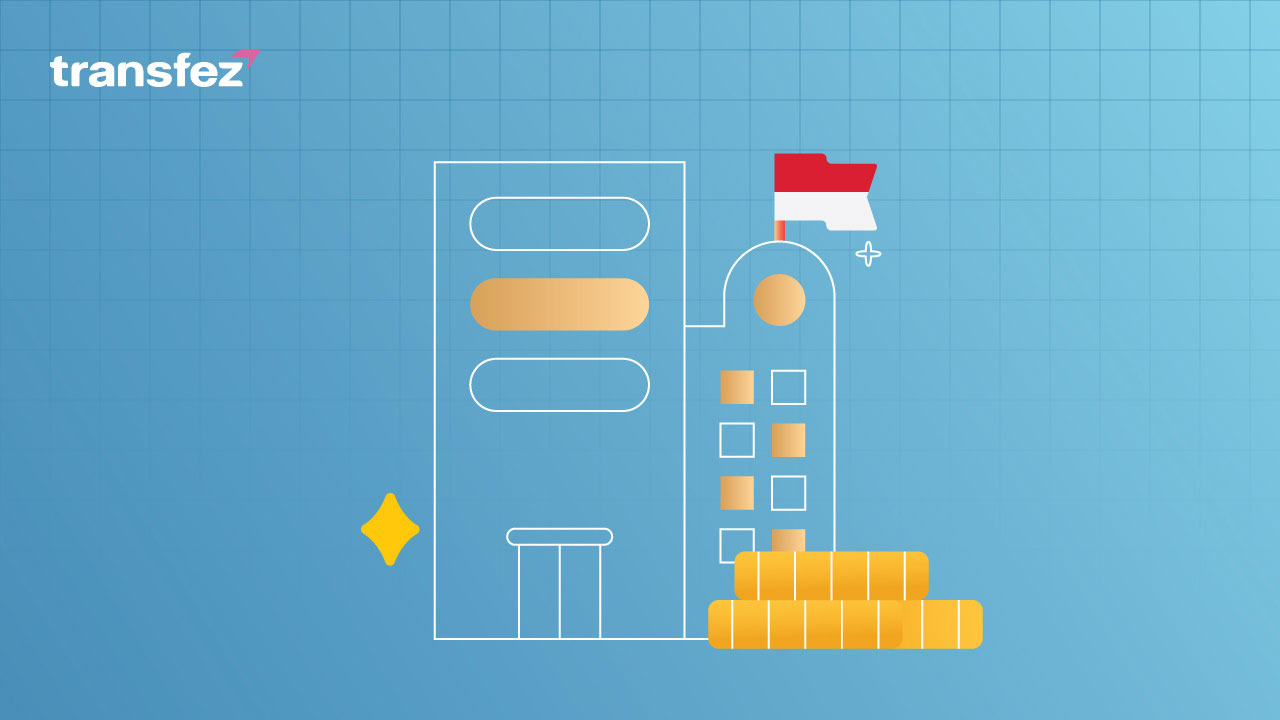
Fintech has not only transformed how people transact but also brought significant benefits to the national economy. Here are some key advantages:
1. Financial Inclusion
One of fintech’s main goals is to increase financial inclusion. According to the World Bank, around 51% of Indonesia’s adult population does not have a bank account. Fintech provides financial access to those previously excluded from traditional banking.
2. Improved Efficiency
Fintech services enable instant transactions without complicated bureaucracy. For example, users can transfer money abroad in seconds at lower costs than traditional banks.
3. Empowering MSMEs
Fintech, especially P2P lending, helps MSMEs get the capital they need to grow. This contributes to both local and national economic development.
4. Cost Savings
By using fintech, individuals and businesses can save on operating costs. For instance, merchants avoid high admin fees for accepting digital payments.
Challenges and Risks in Fintech
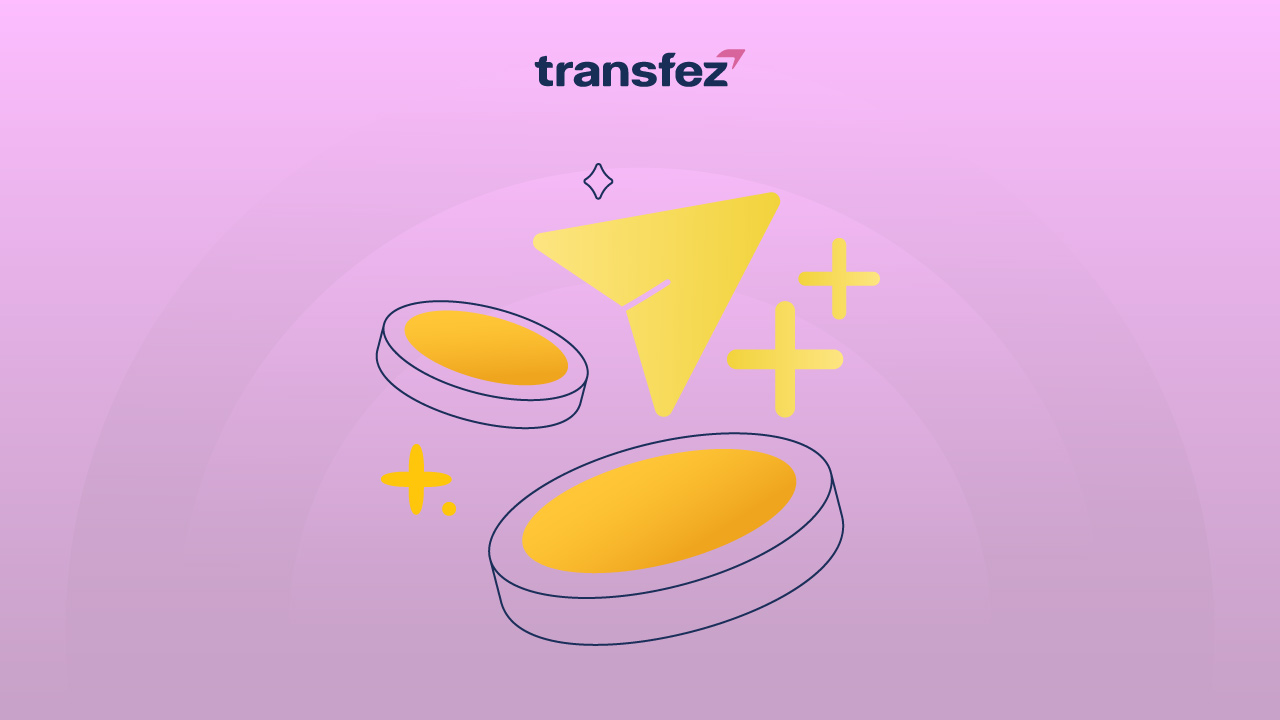
Despite its many benefits, fintech also faces several challenges and risks, such as:
1. Data Security
Data security is a major concern in fintech usage. Data breaches and online fraud cases often cause public anxiety.
2. Incomplete Regulations
Although the OJK has issued regulations to oversee fintech, loopholes still exist that are exploited by illegal service providers. Illegal online loans, for example, often create serious issues for consumers.
3. Financial Literacy
Many Indonesians still lack understanding of how fintech works. This can lead to misconceptions or even financial loss.
The Future of Fintech in Indonesia
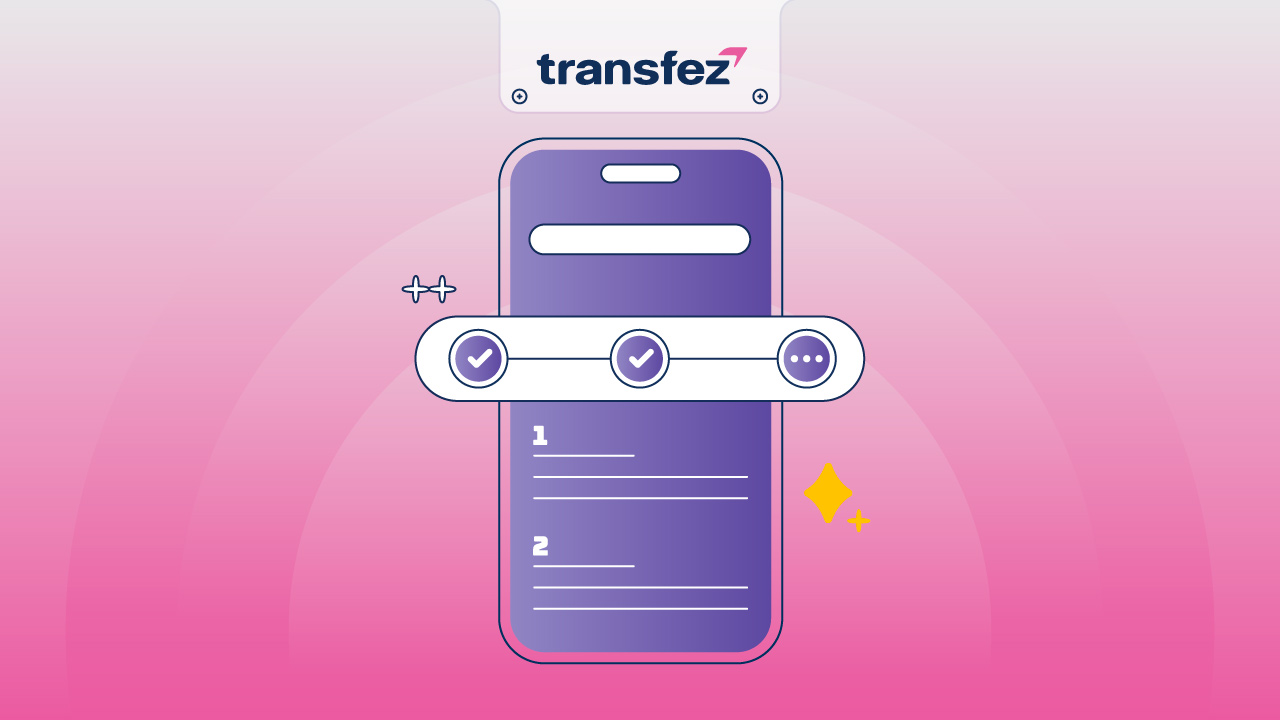
The future of fintech in Indonesia is bright. With a large population and increasing internet penetration, Indonesia has great potential to become a fintech leader in Southeast Asia. Some emerging trends likely to shape the future include:
- Blockchain and Cryptocurrency: Blockchain technology is being used in various fintech services, including cross-border payments.
- AI and Machine Learning: Artificial intelligence is used to enhance security and personalize services.
- Collaboration with Banks: Many traditional banks are now partnering with fintech companies to offer more innovative services.
Fintech has brought a major revolution to Indonesia’s financial sector. With its various innovations, fintech not only simplifies daily transactions but also contributes to national economic growth.
To ensure sustainable growth, it is essential for all parties—government, service providers, and society—to work together in facing the challenges ahead.
Want to send money abroad easily and affordably? Use Transfez!
A Transfez account is free to create and lets you send international money transfers that are more affordable, transparent, secure, and fast to foreign bank accounts.
Transfez’s simple transfer process:
1. Register an account on the Transfez app,
2. Enter the amount to be sent,
3. Verify your identity,
4. Provide recipient details,
5. Make the payment,
6. The transfer is complete.
Learn more about how to send money abroad with Transfez here. You might also want to try the Transfez currency calculator or browse the list of destination countries to see how much the recipient will get.
Download the Transfez App
The Transfez app helps you transfer money abroad more quickly, affordably, and efficiently. Jack Finance also supports your business with international transactions. Whether you’re sending money to family overseas for education, work, or travel, Transfez is ready to help. The app is available on Android and iOS. Download now!

